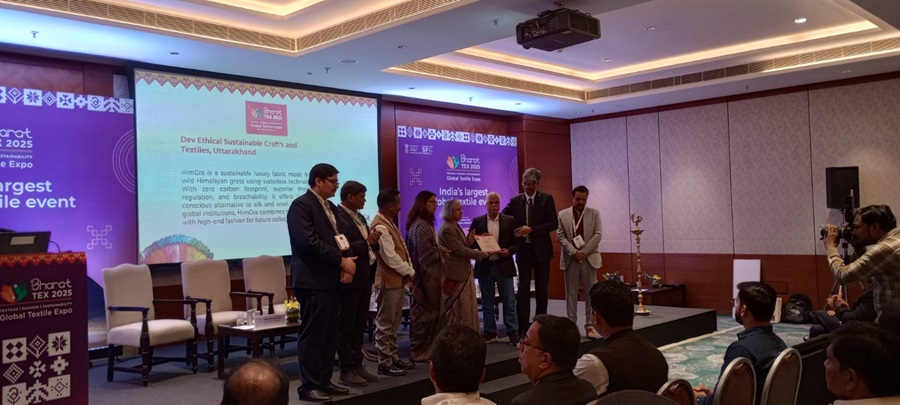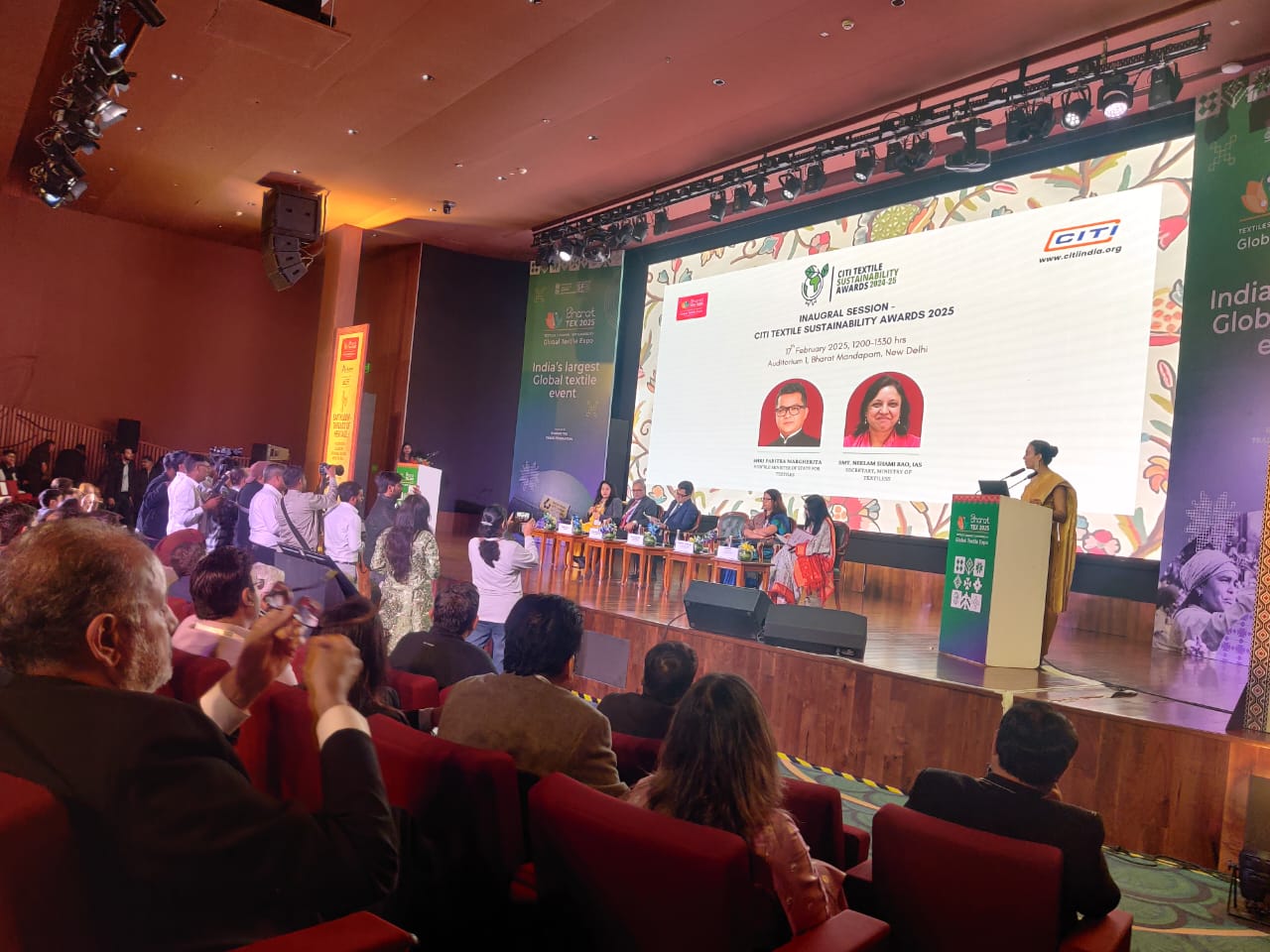The Global Fashion Agenda (GFA) has launched the ‘GFA Mapping of Global Extended Producer Responsibility (EPR) for Textiles,’ a dynamic resource documenting the growing number of textile EPR schemes worldwide. Providing a practical reference for industry stakeholders, policymakers, and sustainability advocates, this tool helps them understand the complexities of these schemes and their impact.
GFA advocates for global harmonization of EPR schemes to simplify compliance, drive innovation, and support effective waste management. The mapping resource offers a comprehensive overview of existing and upcoming compulsory and voluntary schemes across continents, focusing on textiles and apparel. It details their status, obligated producers, products covered, known Producer Responsibility Organizations (PROs), and other key elements.
The publication highlights the EU's leading role in legislating textile EPR, with other regions like Australia, Chile, and some US states following suit. It also addresses the opportunities and challenges in emerging markets such as India and China.
A key upcoming milestone of this tool includes the ongoing revision of the Waste Framework Directive (WFD), which targets textiles and food waste. Expected to be finalized by March 2025 and implemented in 2027, the revised WFD aims to introduce compulsory and minimum harmonized EPR schemes in the EU.
The fashion industry's transition to circularity requires urgent action, and EPR schemes are crucial by making producers responsible for their products' lifecycle. This mapping resource equips stakeholders, from policymakers to sustainability advocates, with the knowledge to navigate the evolving EPR landscape.
As of January 1, 2025, EU member states are obligated to separately collect textiles for reuse, preparation for reuse, and recycling. The final WFD version will determine if there will be a unified, well-functioning EU-wide EPR system or a fragmented approach with varying rules, potentially increasing compliance costs for businesses.
This dynamic resource will be updated with input from industry stakeholders. GFA encourages feedback and contributions to ensure the mapping remains accurate and comprehensive.












